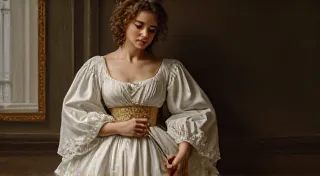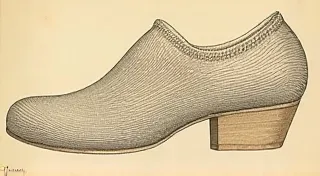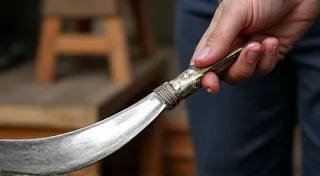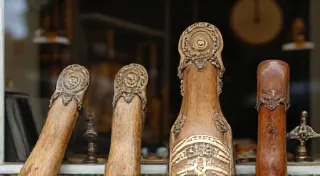The Rise of the Shoehorn: A Fashion Essential Through the Ages
The shoehorn. It's an object most modern wardrobes don't contain, a relic of a time when getting dressed was a slightly more elaborate process. Yet, for centuries, the shoehorn wasn't just a tool; it was a fashion essential, a symbol of status, and a testament to evolving sartorial trends. This article delves into the fascinating history of the shoehorn, tracing its evolution from a practical necessity to a collectible accessory.
The Genesis: A Problem of Fitted Footwear
The story of the shoehorn begins with the rise of fitted footwear. Prior to the 18th century, shoes were often simple, loose-fitting designs. They could be easily slipped on and off without assistance. However, as fashion became more refined, so did shoes. The 18th century saw a move towards closer-fitting designs, particularly for men. Heels became fashionable, and shoes were crafted from more rigid materials. This created a significant problem: how to get one's foot into a shoe with a pointed toe and a snug fit?
The earliest known references to shoehorns appear in the mid-1700s. They were initially quite basic – simple pieces of wood or horn, often tapered and smoothed for ease of use. These early shoehorns were strictly utilitarian, designed to solve the practical problem of shoe insertion. They weren’t seen as particularly stylish items.
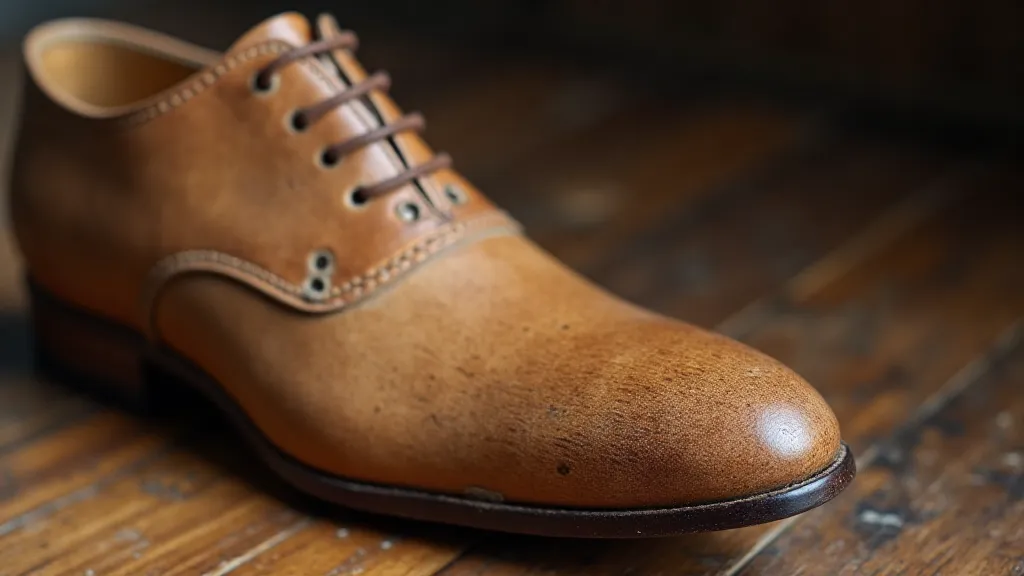
The 19th Century: Ornamentation and Status
The 19th century marked a significant transformation for the shoehorn. No longer solely a functional item, it became a miniature work of art and a reflection of social standing. The Victorian era, in particular, saw a flourishing of elaborate designs. Shoehorns were crafted from a wider range of materials including ivory, silver, bone, and tortoiseshell. They were often intricately carved with scenes, floral motifs, or heraldic crests. Many were adorned with precious stones or enamel work.
Shoehorns were frequently given as gifts, often personalized with monograms or inscriptions. They were considered essential accessories for gentlemen and ladies alike, carried in pockets or handbags, and displayed as a sign of refinement and taste. The value of a shoehorn wasn’t just tied to its functionality but also to the quality of its craftsmanship and the materials used.
The rise of industrialization also impacted shoehorn production. While handcrafted items remained highly prized, factories began mass-producing simpler shoehorns, making them accessible to a wider segment of the population. However, the truly luxurious and intricately decorated shoehorns remained a mark of wealth and privilege.
The 20th Century: Decline and Nostalgia
The 20th century witnessed a gradual decline in the popularity of shoehorns. Several factors contributed to this shift. The rise of elastic and zipper closures in footwear made shoehorns increasingly unnecessary. Shoe designs became more forgiving, allowing for easier entry. The focus shifted from formal attire and meticulous dressing to more casual and comfortable styles.
During the early 1900s, shoehorns remained fairly common, often made of simpler materials like celluloid or Bakelite, reflecting the era's streamlined aesthetic. The Second World War further reduced their prevalence due to material rationing. After the war, while some lingered as remnants of a more formal past, they steadily faded from everyday use.
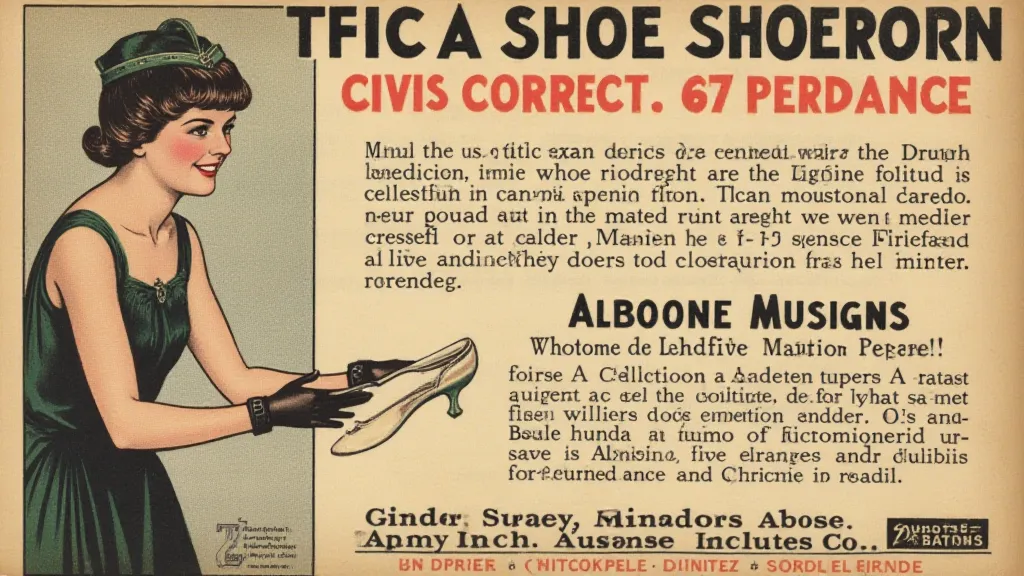
Despite their declining use, shoehorns retained a certain nostalgic charm. They became associated with a bygone era of elegance and formality. Today, vintage shoehorns are sought after by collectors and enthusiasts who appreciate their historical significance and aesthetic appeal.
Collecting Vintage Shoehorns: A Glimpse into the Past
Collecting vintage shoehorns offers a unique window into fashion history and the evolving tastes of different eras. Collectors are drawn to the craftsmanship, the materials, and the stories embedded within each piece. Prices vary greatly depending on the material, the level of ornamentation, and the historical significance of the shoehorn.
Some collectors specialize in specific materials, such as ivory or silver. Others focus on shoehorns from a particular era, such as the Victorian period. Still others appreciate the simple beauty of early, utilitarian designs.
When collecting, it’s important to consider the condition of the shoehorn. Cracks, chips, or significant wear can detract from its value. Researching the hallmarks or maker's marks can also help determine its authenticity and origin. Recognizing styles and techniques from different periods – the delicate carving of the Victorian era, the streamlined design of the Art Deco period, the sturdy functionality of early pieces – is key to building a knowledgeable and rewarding collection.
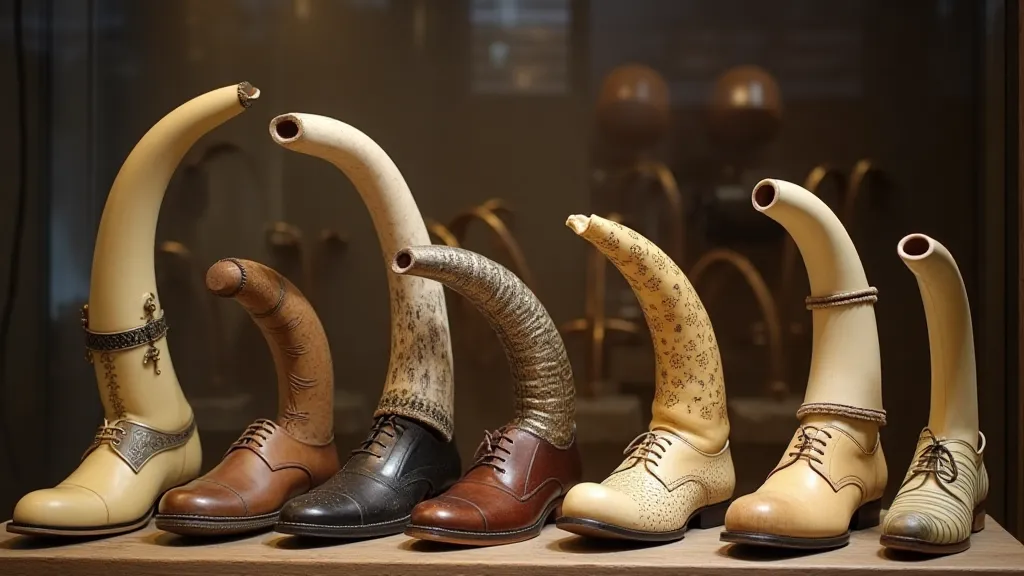
Conclusion
The shoehorn’s journey from a practical tool to a collectible accessory reflects the ever-changing landscape of fashion and society. What was once an indispensable part of dressing for both men and women is now a reminder of a time when attention to detail and refinement were paramount. By appreciating the history and artistry of vintage shoehorns, we gain a deeper understanding of the fashion trends and social values of past generations. And, who knows, perhaps the shoehorn will experience a revival, returning to our wardrobes as a charming and nostalgic touch of elegance.
